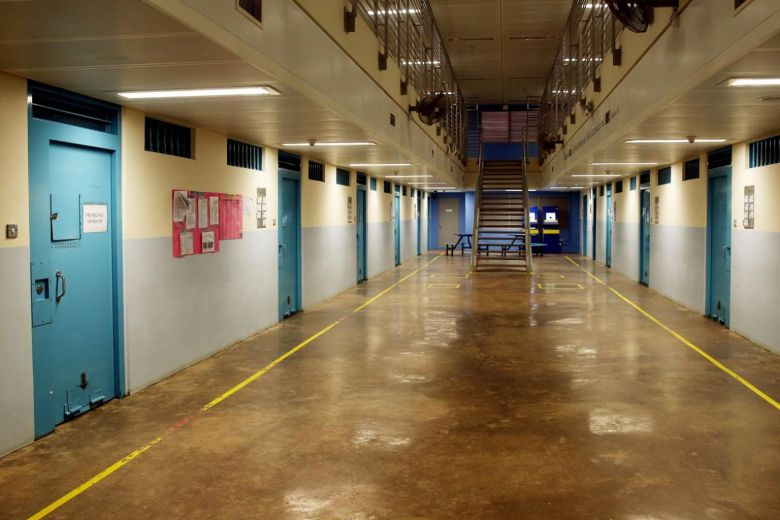- Feb 8, 2022
Inside Maximum Security is an excellent four-part YouTube series by Channel NewsAsia about the lives of a group of prisoners from Cluster B1 of Changi Prison Complex. Each has been incarcerated multiple times for various crimes, so they’ve spent plenty of time behind bars.

I was very surprised that the prisoners had agreed to reveal their identities on camera. It was bold of them to do so. Not everyone is sympathetic or empathetic towards offenders; the “second prison” after one is released from prison - the social stigma that ex-offenders will have to endure for the rest of their lives - is real. They have volunteered to have a harsh spotlight cast on them, placing fully on display their offences and mistakes, and I commend them for it.


I was also surprised that the Singapore Prison Service (SPS) had agreed to a news outlet showing so much of the prison complex and its inner workings to the public, both from the prisoners’ and the wardens’ points of view. I guess times have changed and the SPS is going for a hearts-and-minds campaign now, aiming to show that they seek not just to ensure sentences are meted out, but that they are meted out fairly and humanely, with rehabilitation as part of the equation.


The series took care to flesh out each of the five characters, revealing his flaws, struggles, and hopes for the future. Over time, I found myself rooting for them. They might have offended three, four, five times, but that does not make them less deserving of things like love, good fortune, or another opportunity to contribute to their families and society. Who are we to judge them or take the moral high ground? Through their presentation, I hope the public will realise that ex-offenders are human too, and worthy of rehabilitation.


The documentary also devoted airtime to showing how the prison functions, and the daily life of a prisoner. These really brought me back to the 365 days I spent behind bars, all those years ago. Nothing much has changed. The spartan cell, the bland food, the repetitiveness of the daily routine; the tight restrictions on freedom which are designed to punish, not physically, but mentally; the little things only fellow prisoners know best, such as how to make glue out of rice, and all the creative ways which prisoners try to get around prison rules; most of all, the daily inner turmoil a prisoner experiences - the joy of getting a letter from a loved one or eating a snack one has earned from prison labour, the despair of realising what one has lost by being incarcerated, the regret of making an irreversible mistake, the fear of facing the world outside upon release… the emotional roller coaster starts from Day 1 and the ride doesn’t end until one walks through the gates to the main road outside - freedom.



I strongly recommend this documentary series to anyone who has at least a shred of humanity. Great job CNA.

















